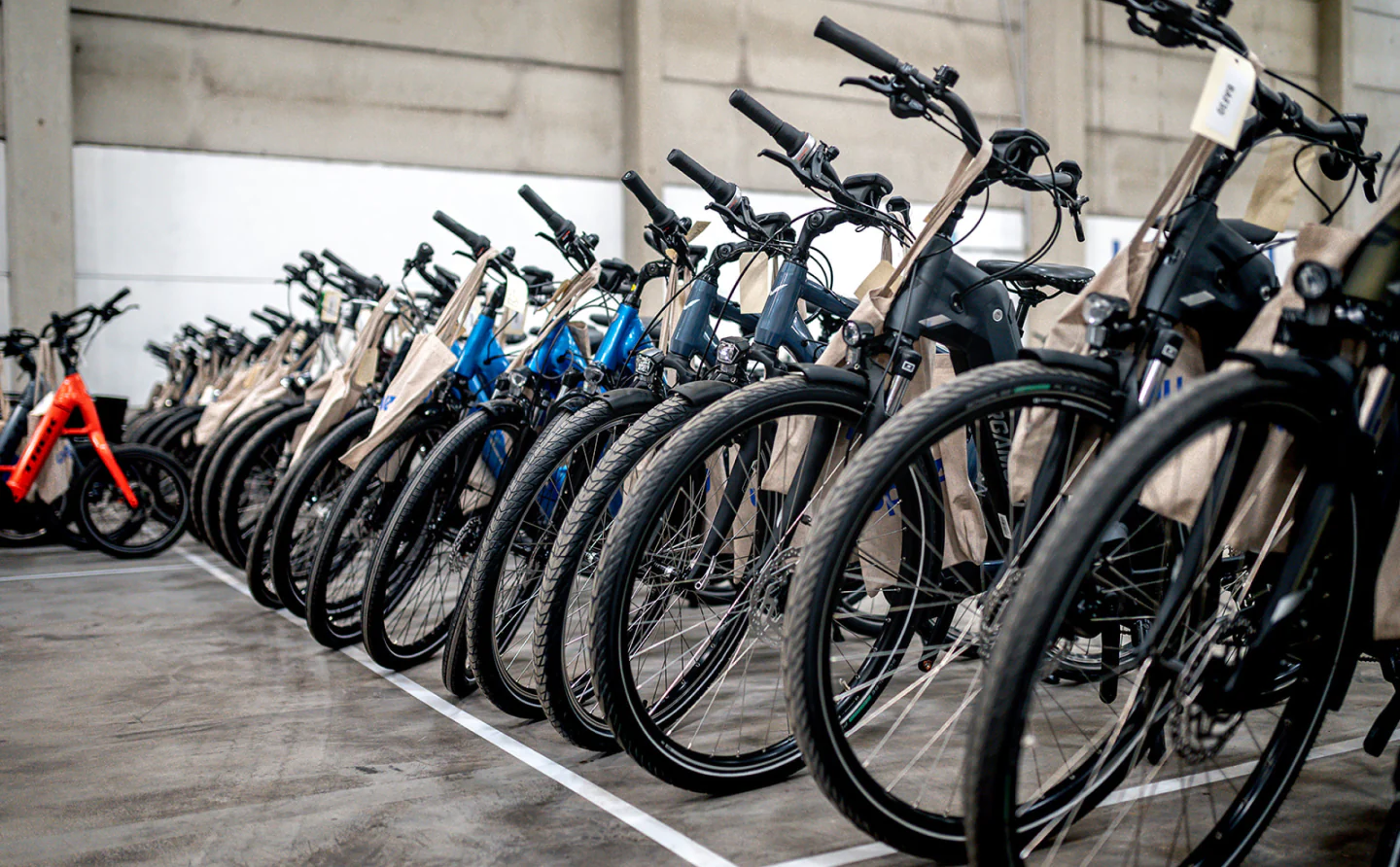There's a certain group of RMIT University researchers who likely won't be offended if you call them brickheads.
That's because the Australia-based experts have developed an ingenious brick that replaces clay with glass waste and trash ash. The benefits of the achievement include preventing trash from going to the landfill, improved insulation, and lower manufacturing costs.
The research could help to reduce the amount of air pollution caused by the approximately 1.5 billion hand-molded bricks made globally each year using coal-fired kilns. Heating the kilns "[contributes] to 20%" of the world's soot pollution, which harms our health, crops, and climate, per the Climate & Clean Air Coalition.
RMIT's team estimates that 1.4 trillion bricks are used in construction projects around the planet every year.
"Business-as-usual brick production produces harmful emissions — including carbon dioxide, sulfur dioxide, and chlorine — and puts a serious strain on our natural resources, particularly clay," associate professor Dilan Robert, who led the research efforts, said in a lab summary.
By replacing clay with 20% ash from burnt solid waste and 15% glass refuse, the kiln temperatures can be lowered by 20%, resulting in a cost-savings right off the bat. These new bricks are also found to have better insulation ability, reducing household energy bills by 5%, per RMIT.
Watch now: Alex Honnold shares clever productivity hack to maximize productivity, contentment
Better yet, the technique is able to use fine glass waste that typically can't be remade into bottles and containers.
The bricks have met Australia's standards for strength and durability and are safe to use in construction projects. They are lightweight and can come in a range of colors.
"Our bricks, manufactured from industry waste, meet state environmental regulations," RMIT's Biplob Pramanik, an engineer, said in the report.
RMIT isn't alone in the pursuit of a better brick. A process being perfected by Scotland researchers creates bricks that can float. Another innovation strangely uses sugar to make blocks.
TCD Picks » Upway Spotlight

Cleaner bricks are sometimes a part of overall sustainable designs that meet passive building principles. Homes built to these standards are well-insulated, have high-performance windows and doors, and efficiently use airflow and natural light.
City planners in Boston are even starting to use the concept as part of building schemes for public housing.
Utilizing renewable, natural elements in our structures can provide clear savings. Adding solar energy to your home can save $150 a year on energy costs, while also preventing 8,500 pounds of harmful air pollution from being created, for example.
Now RMIT's experts hope to add another cleaner building element to the stockpile with their waste-based brick, reducing soot production, and boosting energy efficiency.
"Bricks play a key role in preventing energy loss from buildings," Robert said in the lab report.
Join our free newsletter for weekly updates on the coolest innovations improving our lives and saving our planet.














